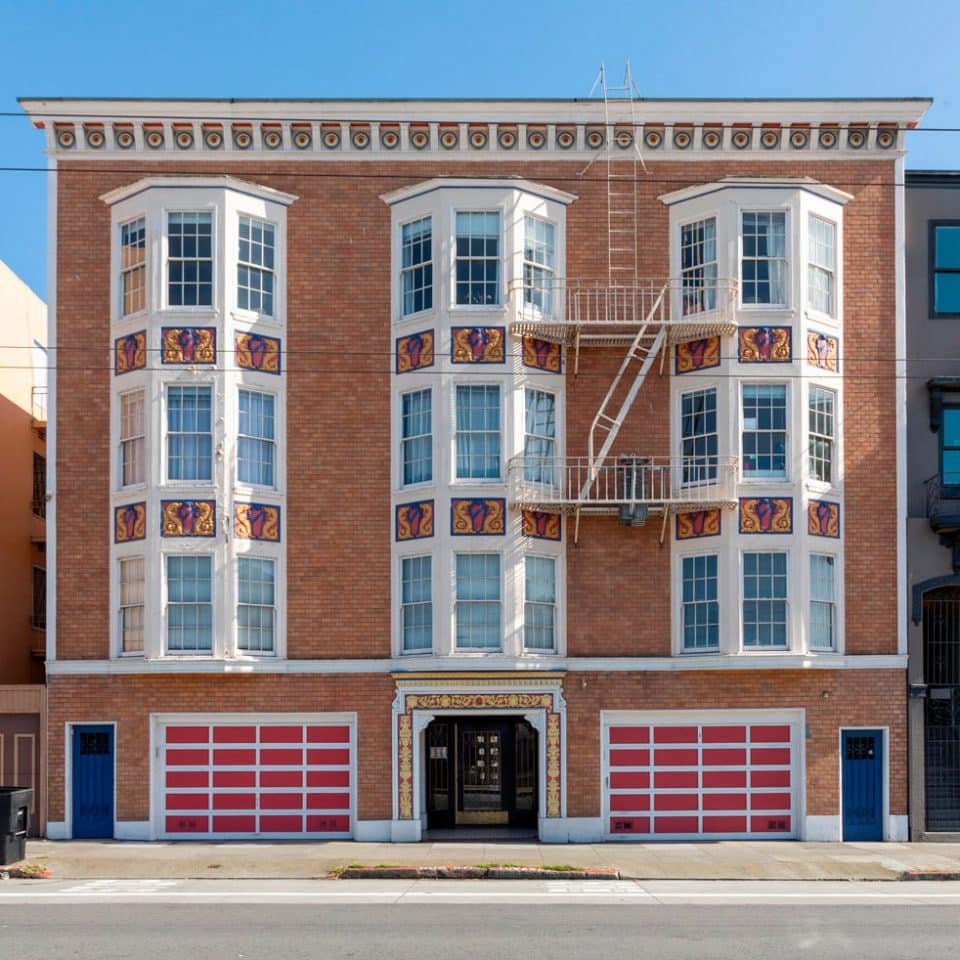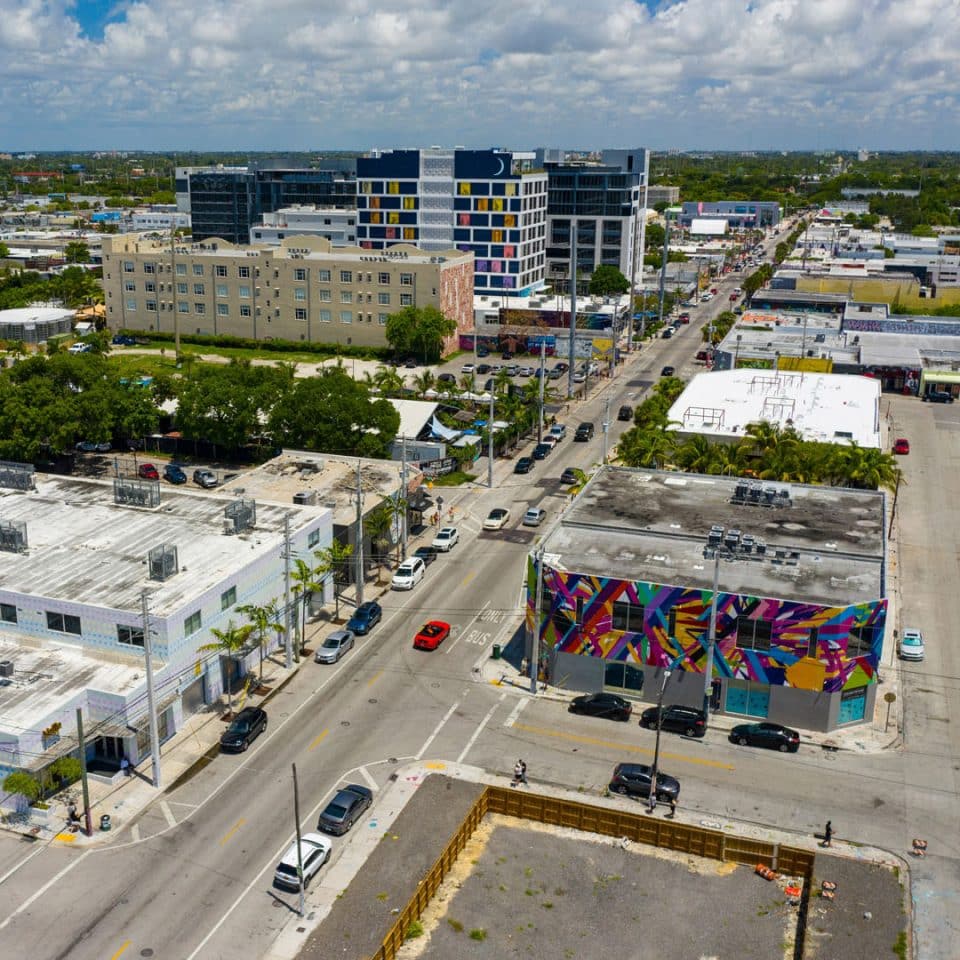Recent Findings: Spring 2024

The effect of relaxing local regulations on federal rental assistance programs
Researchers from the American Enterprise Institute and Bates White LLC simulated increasing housing supply on the cost of U.S. housing assistance programs in 11 metros. Increased construction from relaxing supply-constraining regulations for a decade would save $1.8 billion and increase the families served by 18.6%. In contrast, doubling the units placed in the low-income housing tax credit (LIHTC) initiative would save $231.3 million and increase families served by 2.1%.

Quantifying the financial value of building decarbonization technology
Researchers created a framework to analyze the financial viability of decarbonizing investments in buildings. In 60% of simulations, the most profitable decision for a building owner is to adopt a natural gas-powered heating system. However, 96% of the time adopting a design that also provides flexibility to fully electrify later is more profitable, according to the authors from the Massachusetts Institute of Technology and Kohn Pedersen Fox Associates. They noted the models depend on future green rent premiums and emissions penalties such as those proposed by New York’s Local Law 97.

Where is the opportunity in opportunity zones?
Qualifying older commercial properties in opportunity zones (OZs) sell at a premium, but gain less than the 20% tax break, according to scholars at the University of Connecticut and Netherlands Bureau for Economic Policy Analysis. This is consistent with analyses of similar initiatives such as enterprise zones and the New Market Tax Credits program

Do opportunity zones create opportunities? The impact on real estate prices
The impact of opportunity zones in the state of Florida is negative 10%, according to researchers at Tulane and the U.S. Census Bureau who studied the price appreciation in OZ and non-OZ areas from 2016–2020. They found overall OZ properties appreciated 10% slower than non-OZ properties. Existing residential properties gained roughly 2% but existing commercial properties and vacant land traded at a loss.